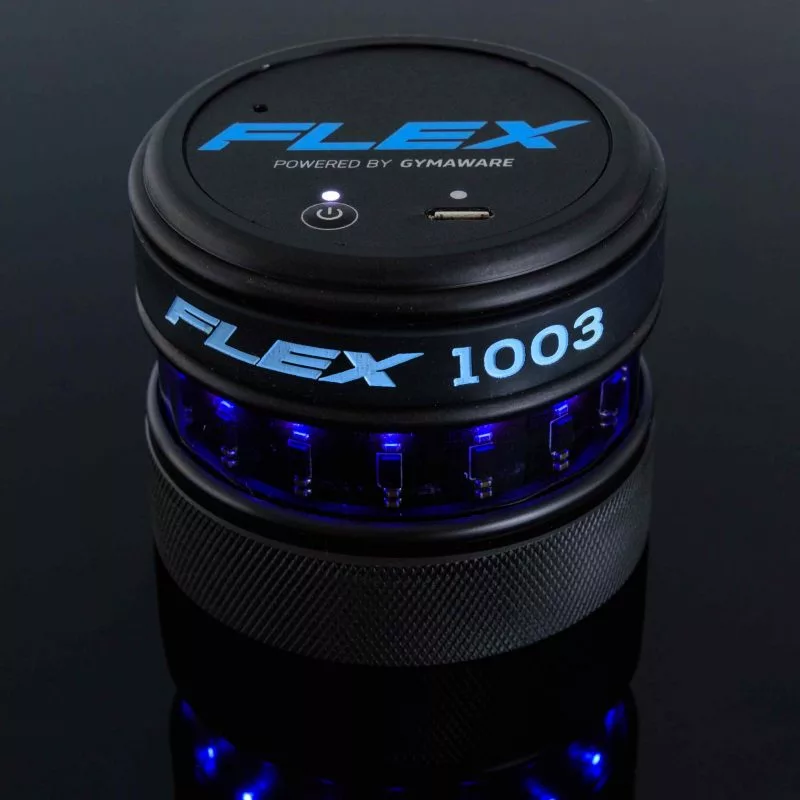
Bioelectrical Impedance Analysis (BIA)
Bioelectrical Impedance Analysis (BIA) can estimate body composition (e.g. fat mass and fat-free mass) via a small electrical current.
As the world of technology advances, coaches and athletes are looking for ways to use these new innovations to increase their chances of success, whether that be winning trophies or setting world records.
As the world of sports technology is very complex, our aim is to simplify the science so that coaches, athletes, and everybody else can understand how to these tools in order to optimise sports performance.

Bioelectrical Impedance Analysis (BIA) can estimate body composition (e.g. fat mass and fat-free mass) via a small electrical current.

Velocity-based training is simply a method of training which uses a piece of technology to track the movement speed of the exercise.

The acute:chronic workload ratio can assist practitioners in understanding the preparedness of an athlete and their relative injury risk.

Hydration testing is used to determine an athlete’s body fluid balance, and can prevent serious performance and health deficiencies.

Statistical significance is a scientific method that helps to determine whether reported research findings are actually true.

The acute:chronic workload ratio can assist practitioners in understanding the preparedness of an athlete and their relative injury risk.

Changes in body composition can be determinants of successful performance, and there are several methods of body composition testing.

Fitness testing is a crucial part of athlete profiling, and meaningful results can be assessed by calculating the smallest worthwhile change.

Velocity-based training is simply a method of training which uses a piece of technology to track the movement speed of the exercise.

GPS devices are often used to measure the workload of athletes. In this article, we explain what you need to measure and why.

The use of GPS devices in sport has become increasingly popular in recent years, but is the technology accurate?

Heart rate variability is a method of measuring athletes’ fitness and fatigue to determine their readiness to train and prevent overtraining.

Understanding and monitoring Salivary Immunoglobulin A (S-IgA) can help coaches and athletes minimise illness.

Learn from a world-class coach how you can improve your athletes' agility. This course also includes a practical coaching guide to help you to design and deliver your own fun and engaging agility sessions.
Get Instant Access